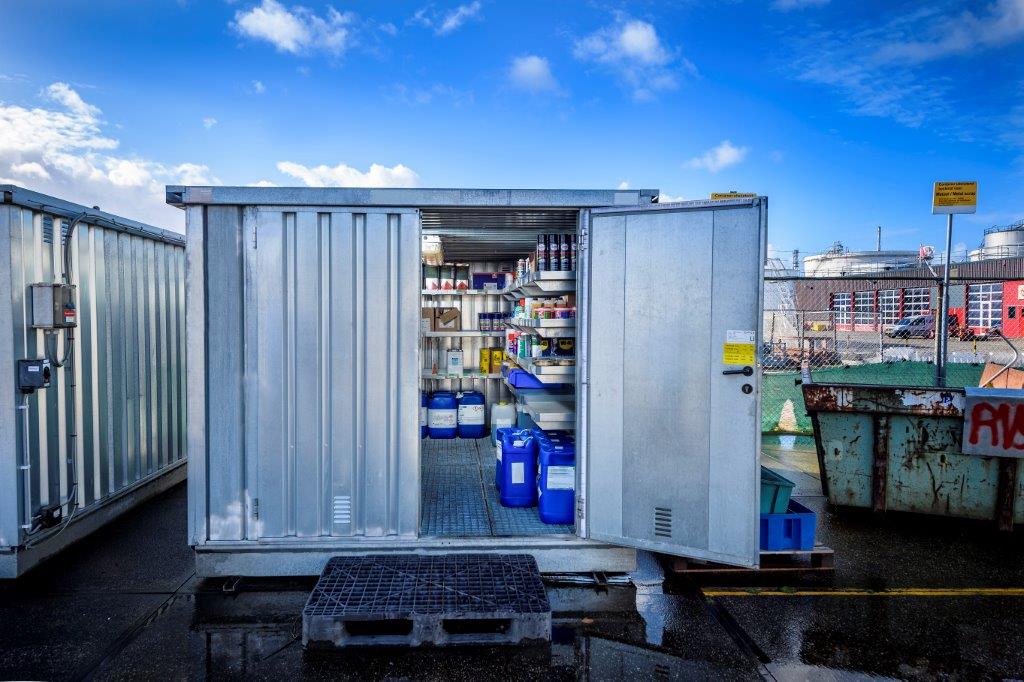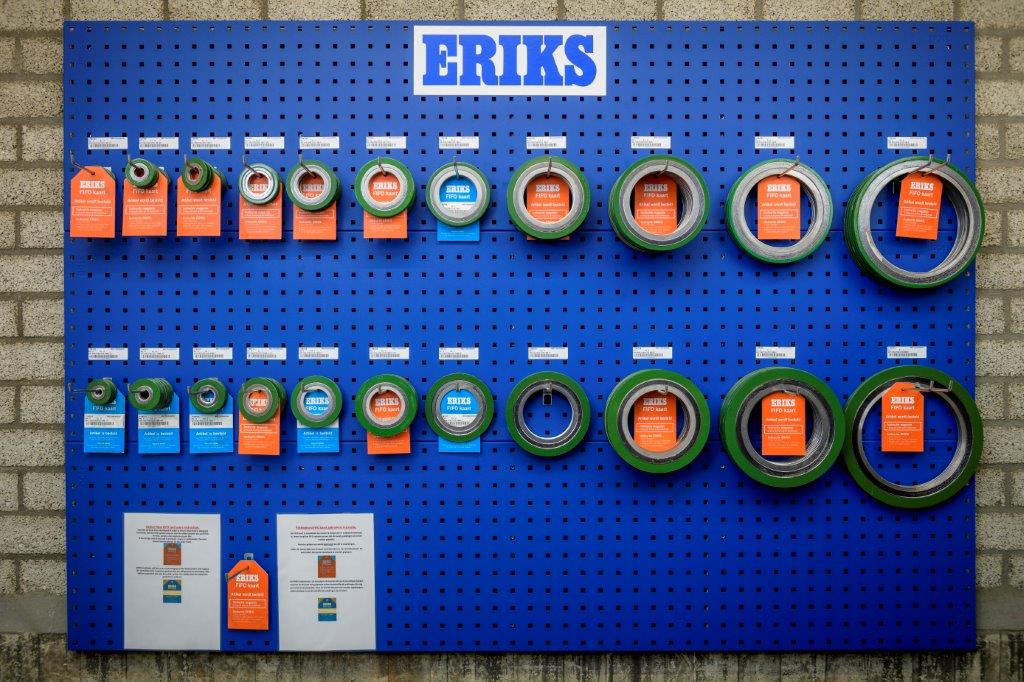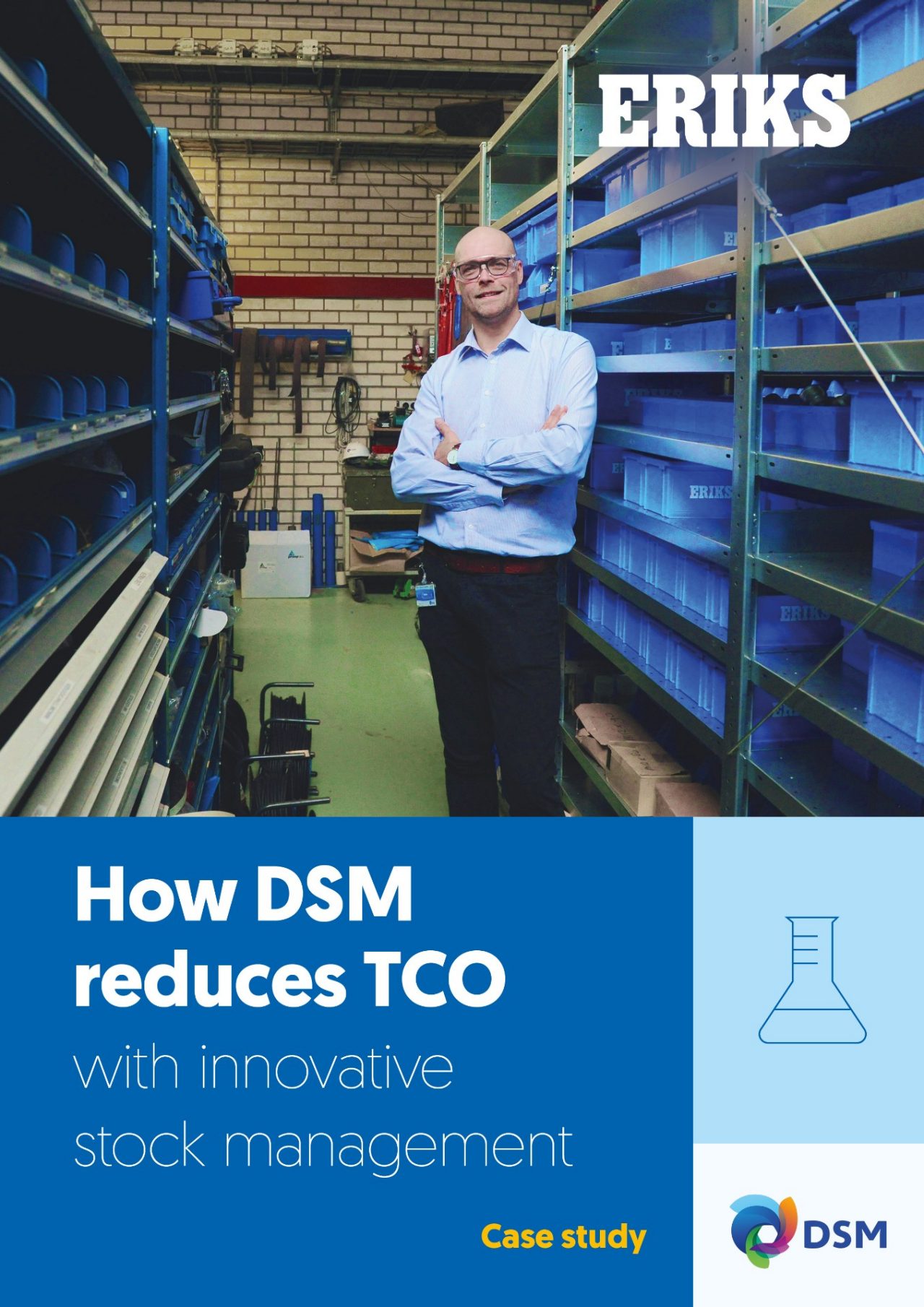ERIKS completes acquisition of REIFF Group
ERIKS completes acquisition of REIFF Group to expand European and Chinese capabilities...
With the growing requirements of the chemical industry, as a maintenance manager, balancing demand, data, safety and stock is relentless. Therefore chemical companies are looking for innovative ways to manage, optimise and store inventory, VMI might be the answer.
Here, we will define what Vendor Managed Inventory is, outline VMI advantages and disadvantages and suggest how or when implementation is beneficial to your chemical plant.
Vendor Managed Inventory (VMI) is a system where a trusted supplier is responsible for organising, maintaining and optimising inventory levels for your chemical plant(s). They are accountable in getting the right parts, to the right places at the right time.
What products?
Being a maintenance manager, you know the requirements of your plant better than anyone else. Your VMI supplier will work alongside you to fulfil these requirements. Generally, VMI works best for items of low value, with high, predictable consumption. Items such as bearings, seals, fasteners, gaskets and aerosols.
VMI is a solution to streamline your suppliers and inventory management, whilst increasing stock visibility and reducing stock-outs. Critical parts and bulkier items such as tools or PPE can also be included in a VMI.

Connecting data
Data alignment is a prerequisite to a well-functioning VMI system. Your inventory data is shared with your vendor, and is compared and aligned with other elements of your demand information. This creates the starting point of a centralised VMI database. This VMI process determines optimal inventory levels, systematic stock rotation, and methodical filling requirements to lower overall costs. It may also include part standardization to reduce your inventory further.
VMI has a vast scope and benefits surpassing just ‘the managing of parts’. Yet, as with any system or solution, vendor managed inventory has both advantages and disadvantages that need to be considered.
Pros



Cons
VMI implementation can be complex, yet brings with it multiple benefits to you, your team and plant. Initial steps require:
Adopting any ‘new’ solution within the chemical industry can feel uncertain. Yet knowing when to enter a VMI agreement can be a smart solution if:
Evaluate the time and money spent on your inventory management tasks (sourcing, processing and chasing orders) to highlight the benefits of outsourcing to VMI. It is also an element to reduce your TCO. VMI frees up important resources allowing support for the core business.
There are no official minimum requirements for VMI. But to be financially beneficial, items added need to be of high consumption. You need to also address warehouse space, provide current data and decide what products are necessary to include.
If these terms cannot be met, an alternative option may be the use of an app. ERIKS provides an app that allows you to do the scanning yourself to manage, maintain and reorder stock.

ERIKS’ expertise in VMI delivers significant benefits, plus reduces associated costs of administration, stock purchasing, handling and delivery.
VMI leads to improved production performance, delivering what you need exactly when you need it. This results in improved satisfaction, communication, inventory accuracy and forecasting.
To see the value added by a VMI solution, download the DSM case study today and see exactly what VMI could do for you.

Discover in this case study how DSM no longer waste time on searching for replacement parts, increased stock availability and reduced costs.
Take a look at our latest updates...
Want to speak directly with one of our employees or specialist? Don’t wait and get in touch
Get in contact with us. Please fill in our online form and we will contact you as soon as possible.
